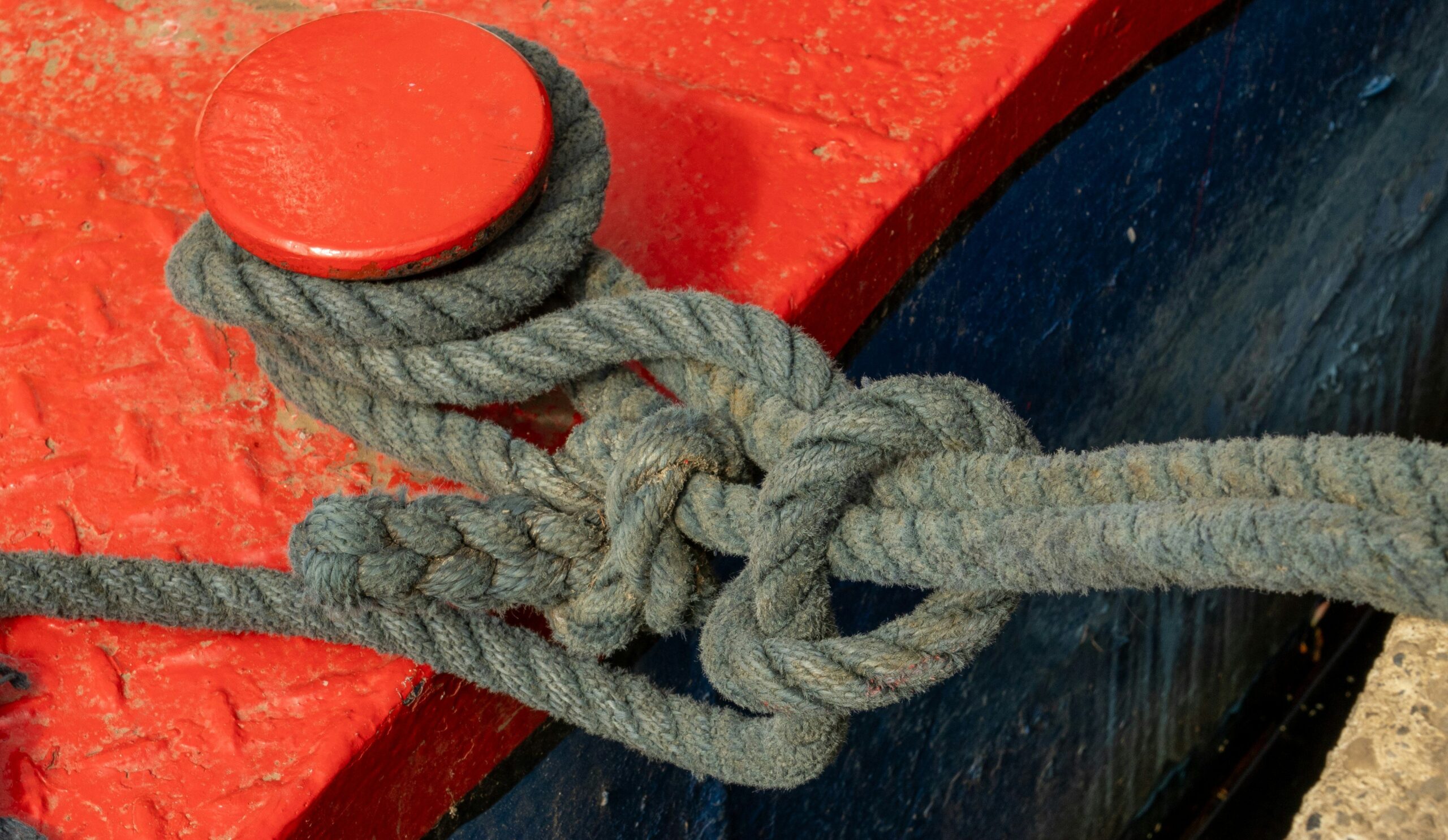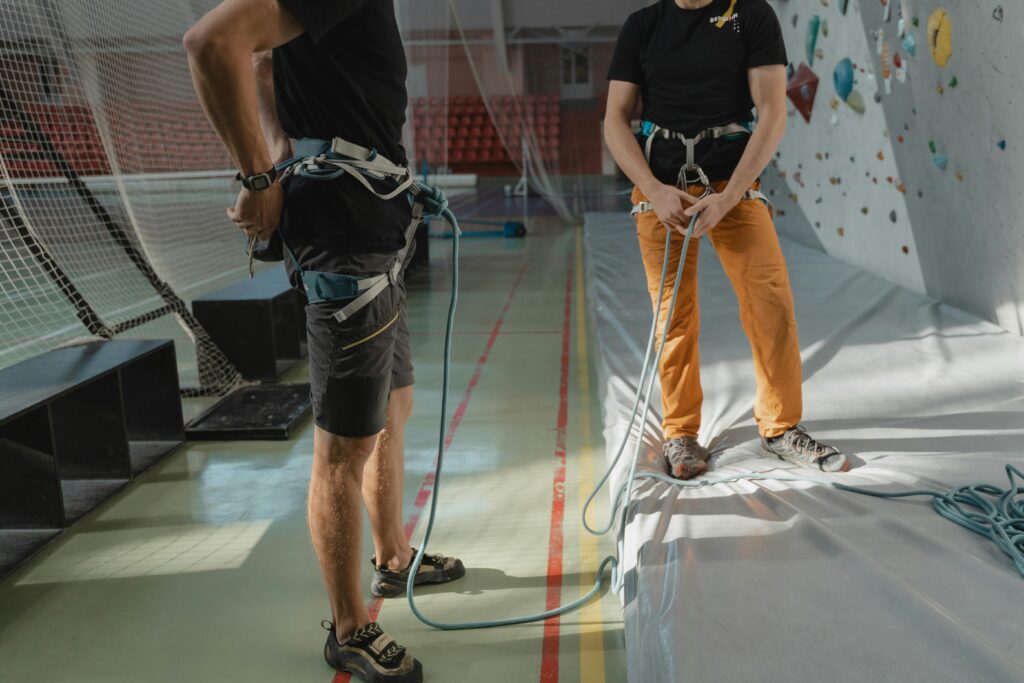Ever watched your climbing rope get shredded after just one intense session? Yeah, us too. It’s not only frustrating but also dangerous—and expensive. Protecting your climbing gear, especially ropes, is no joke when safety is on the line. Luckily, we’ve got the ultimate guide to mastering Rope Abrasion Protection, so you can climb confidently and keep your equipment in peak condition.
In this post, we’ll break down everything from understanding abrasion risks to choosing the right belay devices and techniques that save your rope (and maybe your wallet). You’ll learn:
- Why rope abrasion happens and why it matters.
- Steps to protect your rope while using climbing belay devices.
- Tips every climber should know about extending rope life.
- Real-life examples of how proper protection works.
Table of Contents
- Key Takeaways
- Why Does Rope Abrasion Happen?
- How to Protect Your Rope
- Top Tips for Climbing Belay Devices
- Real-World Examples
- FAQs About Rope Abrasion Protection
Key Takeaways
- Rope abrasion is caused by friction against sharp surfaces during climbs.
- Using high-quality belay devices designed for reduced wear extends rope lifespan.
- Regular inspection and maintenance are critical for optimal Rope Abrasion Protection.
- Suitable storage and cleaning routines help prevent premature damage.
Why Does Rope Abrasion Happen?
Climbers often overlook a crucial detail—rope health. But here’s the hard truth: rope abrasion occurs faster than you think, especially if you’re ignoring basic precautions.

A damaged climbing rope due to excessive abrasion near rocky edges.
I once ignored inspecting my rope before a route because I was rushing to beat sunset at Red Rocks—and paid dearly for it. A nasty rock edge ripped into my poorly positioned rope mid-climb. Lesson learned: friction + sharp objects = disaster.
How to Protect Your Rope
Optimist you: “I’m ready to stop ruining my ropes!” Grumpy you: “Fine, but only if coffee’s involved.” Here’s what you need to do:
Step 1: Invest in Quality Gear
Not all belay devices are created equal. Some models reduce unnecessary friction better than others, which directly impacts rope longevity.
Step 2: Use Rope Protectors
Rope protectors, like padded sleeves or tubes, shield vulnerable sections of your rope from jagged surfaces. They’re cheap insurance compared to replacing worn-out ropes regularly.
Step 3: Choose Routes Wisely
Avoid paths riddled with sharp protrusions or excessive dragging potential. Yes, even Instagram-worthy views aren’t worth risking your gear.
Top Tips for Climbing Belay Devices
- Purchase belay devices explicitly certified for abrasion resistance.
- Ensure smooth feeding mechanisms to minimize unnecessary tension.
- Regularly clean your device and check for burrs or rough spots.
- Terrifying Tip™: Don’t skimp on quality. Cheaper devices may save money upfront but cost more later due to increased abrasion rates. Trust me; this advice comes from experience.

Real-World Examples
Take Sarah, a seasoned trad climber who swears by her Metolius Pro Pad sleeve. She reports a 40% increase in rope durability since switching to proactive rope management strategies. Her secret? Always combining quality belay devices with protective accessories.
Or consider Alex Honnold’s meticulous approach—he inspects every inch of his gear before each climb. Sounds obsessive? Maybe. Effective? Absolutely.
FAQs About Rope Abrasion Protection
Q: How often should I replace my climbing rope?
A: Most experts recommend replacing ropes every 1–2 years depending on usage frequency and visible signs of wear.
Q: Can I repair minor abrasions myself?
A: While small repairs can temporarily extend rope life, significant damage requires replacement for safety reasons.
Q: Are there specific ropes less prone to abrasion?
A: Yes! Dyneema-core dry-treated ropes resist abrasion better, though they tend to be pricier.
Conclusion
Mastering Rope Abrasion Protection isn’t rocket science—it’s all about preparation, quality gear, and smart choices. From investing in premium belay devices to adopting protective habits, these steps will safeguard both your rope and your peace of mind.
Remember: prevention beats frustration every time. Now go out there and crush those pitches without worrying about shredded strands!
Like a Tamagotchi, your SEO needs daily care. Keep climbing safely and smartly—you’ve got this!


